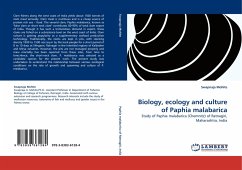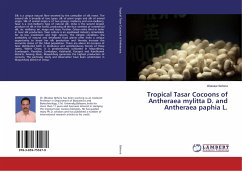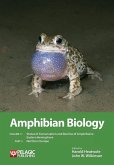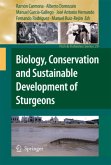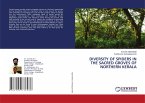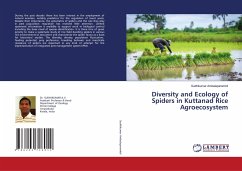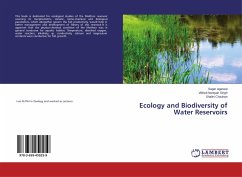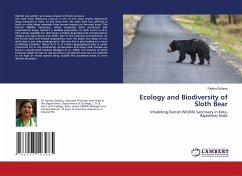Clam fishery along the west coast of India yields about 1500 tonnes of clam meat annually. Clam meat is nutritious and is a cheap source of protein rich sea food. The venerid clam, Paphia malabarica, known as "false clam or short neck clam" contributes 80-90% of total clam export of India. Though it has such a tremendous demand in export, these clams are fished on a subsistence level on the west coast of India. Clam culture is gaining popularity as a supplementary seafood production technology. Traditionally, the clams are kept in pits, with stocking density 1000 to 1500 nos./sq.m by the local people for a short period of 8 to 10 days at Shirgaon, Ratnagiri in the intertidal regions of Kalbadevi and Mirya estuaries. However, the pits are not managed properly and mass mortality has been reported from these sites, from time to time.Hence, the short-neck clam, P. malabarica was selected as a candidate species for the present work. The present study was undertaken to understand the relationship between various ecological conditions on the rate of growth and spawning and culture of P. malabarica.
Hinweis: Dieser Artikel kann nur an eine deutsche Lieferadresse ausgeliefert werden.
Hinweis: Dieser Artikel kann nur an eine deutsche Lieferadresse ausgeliefert werden.

